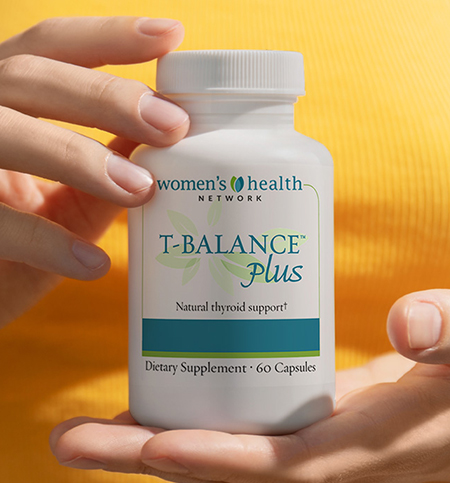Authored by Dr. Sharon Stills, NMD
Trendy food watchers are saying “kelp is the new kale.” While that’s great for me (I absolutely love sea vegetables), not everybody is so eager to eat seaweed…yet!
If you want to get all the benefits of sea vegetables, but don’t think you can eat them because of either their taste or their texture, I’ve got good news. There are so many easy – and delicious – ways to incorporate them into your diet. And if you’re suffering from symptoms of low thyroid, you’ll get many of the nutrients you need to help make sure the thyroid is doing its job. Let’s start with the basics.

The 101 on edible seaweed & sea vegetables
1. There are a lot of different varieties. Many people tried them once and didn’t like their first taste. But try another!
2. There are many different forms. From crunchy flakes to paper thin sheets to soft and chewy, edible seaweed comes in many varieties. The flake and powder forms make it extra easy to toss into your regular favorite foods like omelets, dressings and soups.
3. There are many ways to prepare them. I’ve got recipes for using it raw, dried, toasted, smoked, fried or baked. Experiment and you’ll find what you prefer in your salad, your soup or with main dishes.
4. A little goes a long way. Sea vegetables contain beneficial amounts of iodine, so even just a little sprinkle is great. Women with low thyroid may benefit from supplements for thyroid health, including supplemental iodine.
5. They are superfoods in other ways. Sea vegetables are also a great source of protein and fiber, and contain the vitamins A, B2 and C. They give you only about 50 calories for two servings. What’s more, the fiber in seaweed may help reduce fat absorption.
6. They have the umami taste. This is one of the basic tastes, along with sweet, sour, salty and bitter. It translates from Japanese into “deliciousness.” We mostly associate it with the taste of meat. As with other flavors, it can be difficult to describe until you’ve had it.
Tips on preparing sea veggies
Dulse: This reddish seaweed is soft and chewy as a whole leaf. When dulse is fried in olive oil, eating it becomes a breeze. Try sprinkling it on popcorn along with sea salt.
Wakame: Wakame is often used in soups or salads, but it can be used in so many recipes. I like soaking it and then using it as a green in my favorite salad instead of plain lettuce.
Nori: Nori is best known as sushi wrapping, but why stop there? Try wrapping your fave veggies, meats and other sandwich ingredients in nori.
Kombu: This kelp has a milder, sweeter taste. You may have tasted it as the base in many Japanese dishes. It also brings out the flavor of other foods, so it can be mixed with different ingredients for sauces, marinades and salad dressings.
Sea lettuce: This edible seaweed is leafy and green – just like any other kind of lettuce. You can substitute it for lettuce or spinach in many recipes. I think it has a much more interesting taste than most other lettuces, which makes for a simple way to get more flavor in your favorite salad combination.
Recipe: boost your BLT with dulse
Ingredients:
- Nitrate-free bacon
- 1 tomato
- 1 handful of dulse
- 2 Tbsp. mayonnaise
- Lettuce leaves for wrapping
Preheat the oven to 350 degrees F. Bake the dulse on a cookie sheet for about 8-10 minutes, until it is dried out and crispy.
Spread the mayonnaise on one side of a lettuce leaf. Arrange the sliced tomatoes in one even layer on top and do the same with cooked bacon.
Place an even amount of dulse on top. Wrap the lettuce around and enjoy.
Optional ingredients: avocado, onion – whatever you think makes a great sandwich.
You can also go sea veggie crazy and substitute nori for the lettuce!
 | Want to find out more? Check out What to eat to support your thyroid |












